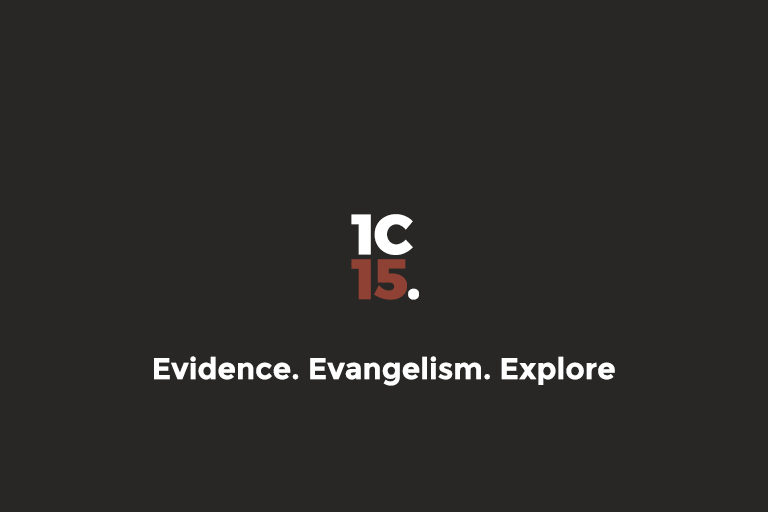Pistis Sophia

This is a document that’s been around for more than a hundred years prior to the Nag Hammadi library. It is Gnostic, has at least two scribes styles, and is in Coptic. The name has two potential meanings but scholars disagree as to it’s translation. It contains passages relating to Jesus transfigured teaching about the mysteries of heaven, though this was apparently over 11 years! Scholars put this document anywhere between 200-425AD
Reasons for rejection/non-inclusion
- It is written outside the apostolic period
- Is is Gnostic
- if its nearer the early side, some would say Valentinus wrote it, a heretic the church rejected
- Some say it is an Ophitic, a Gnostic sect which Epiphanius said were heretical
- Flesh is evil (Gnostic) is not the Christian message
- Focus on purging natural desires
- Describing in detail the Gnostic realms of heaven
- Passing on of secret knowledge
- Work based salvation
Useful external attestation details
- Jesus is a wise teacher who has the wisdom and knowledge of God
- Jesus had disciples
- John the Baptist and his mother Elisabeth, several Mary’s, Martha, Salome, Philip, Peter, John, Andrew, Thomas, Matthew, James, Simon and Bartholomew are named
- Jesus taught at the Mount of Olives
- Jesus is called the “Savior”, the “Lord”, and “Rabbi”
- Jesus is worshipped by his disciples
- Jesus has divine power and authority
- Jesus pre-existed from eternity
- Jesus died
- Jesus was resurrected
- Many quotations or sayings from the Gospels appear in the document
0 Comments